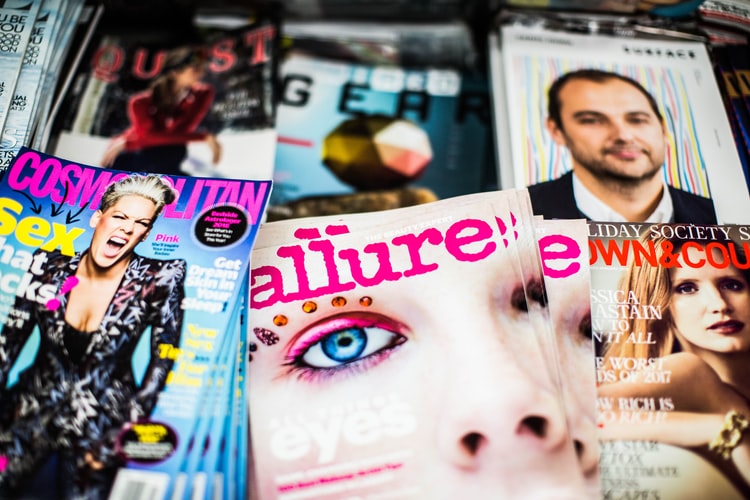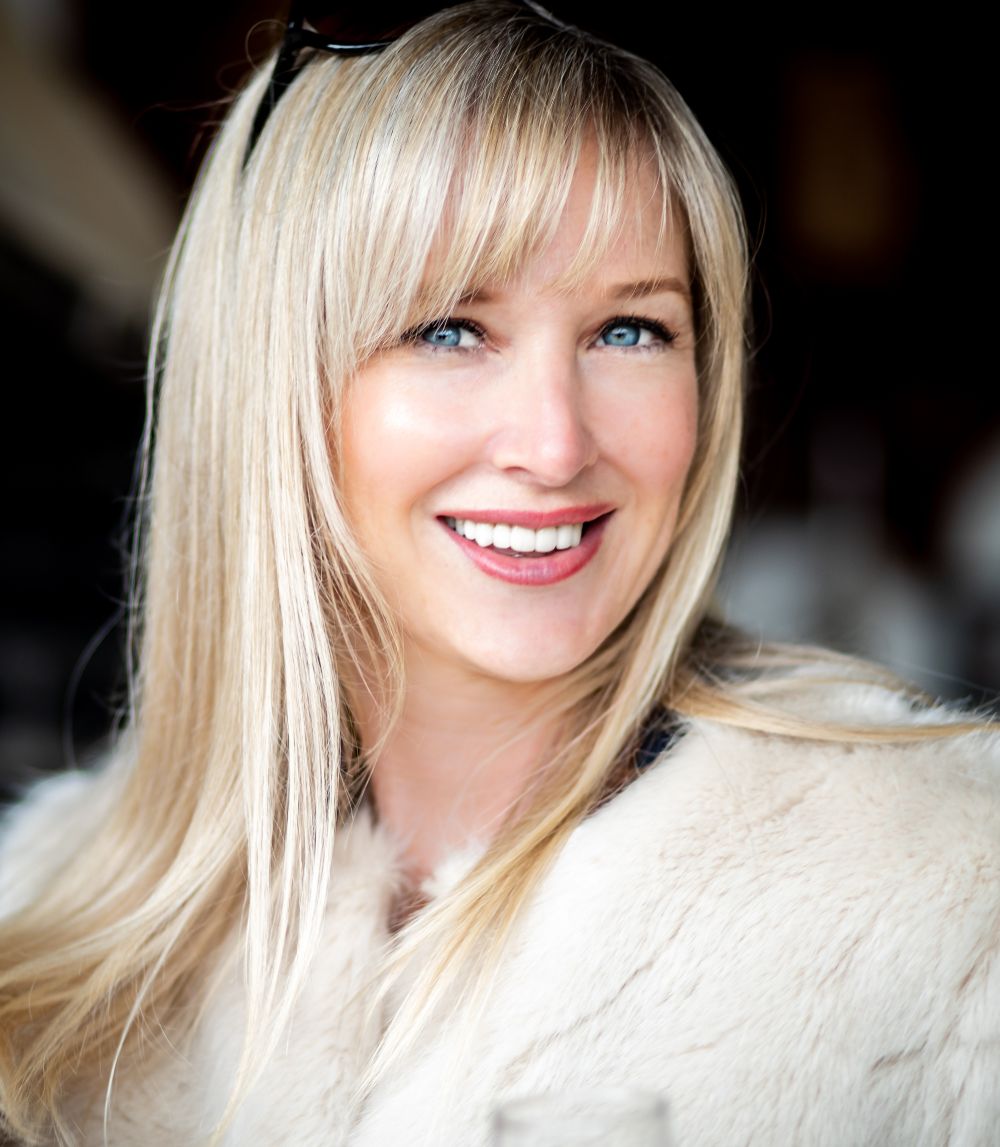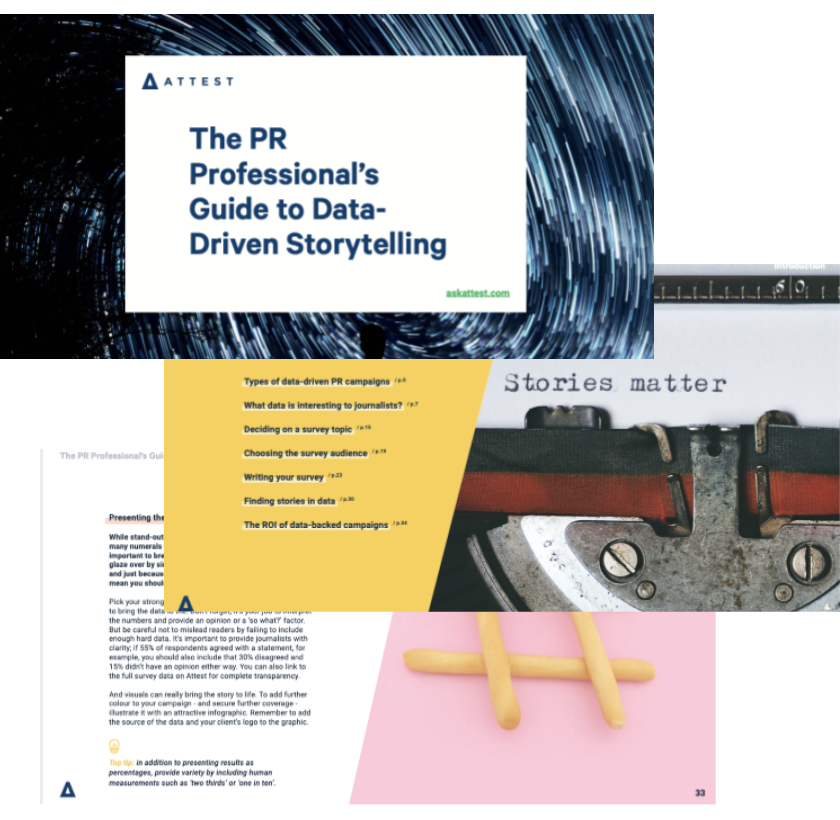Want your brand to hit the headlines? Here’s how to use consumer surveys to score PR

Discover the benefits of data-backed PR for brands and how to do it well, with expert advice from Amanda Milligan, Marketing Director at Florida-based content marketing agency Fractl.
When your brand gets written about in the media it’s like free advertising, only better – because it’s not advertising. Unsponsored mentions by reputable publications confer trust and authority to your brand, and can be highly valuable.

But when you’re not paying for coverage, you need to work that bit harder to secure it. One method that PR professionals use with great success is creating stories from consumer survey data – and you can do it too.
We teamed up with Amanda Milligan, Marketing Director at Florida-based content marketing agency Fractl to explore both the benefits of data-backed PR and how to do it well. You can watch our on-demand webinar ‘How to use consumer data to create stories that land effective PR’, or get the highlights here…
What is data-backed PR?
Data-backed PR starts with a consumer survey. The idea is to design a survey that relates to your product or service, which will hopefully surface some interesting insight. The data that you uncover might form the backbone of a story or fuel a more in-depth report. These are then pitched to journalists from hand-picked publications.
“This is personalised, high quality content that you’re sending,” says Milligan. “To the point where the journalist is actually grateful. It’s not going to happen all the time, but the goal is that they’ll be like, ‘I really love this information, thank you for sending it. I now have a story to write’. When this happens, they end up writing a story that has a lot of benefits.”
What are the benefits of data-backed PR?
Data-backed PR comes with a host of benefits, not least because you can win column inches in high profile publications that you might not otherwise be able to afford to feature in. Here are four other benefits that Milligan says she gets for clients by using consumer survey data to craft stories:
Brand awareness
“One of the most obvious benefits is that you get brand awareness. When publications use your data, they’ll say, [your company name] did a survey and this is what they found. So, you’re getting your company name in big name publications.
“You can do this type of work for national publications or more niche publications in your industry. It really works across the board, it just takes a little finessing in terms of what type of ideas you come up with and how you pitch them.”
Authority
“The other benefit is authority; it’s not just that you’re mentioned by these publications, it’s the way you’re mentioned. It’s not a paid ad, it’s not sponsored. They’re writing about it because they think it’s interesting and they’re saying you’re the source of the information. That’s a very authoritative way to position your brand; it helps build up your expertise and trust.”
SEO
“Even if you don’t work in SEO, earning links is great. It has a big SEO value and it’s really difficult to do. A lot of people come to us specifically for that benefit.”
Versatility
“You’re creating amazing content that you can repackage over and over again. It can be used in so many different ways.”
What makes data-backed PR pitch-worthy?
Thanks to self-service consumer research platforms like Attest, sending out a survey and getting responses is quick and easy – but that doesn’t necessarily mean the data you get back will provide the basis for an interesting story.
Milligan says you need to be thinking about two things when writing a survey: if it’s widely appealing and if there’s a surprise factor.
“Making sure the subject is widely appealing matters mostly if you’re trying to go for national coverage. You have to make sure it applies to a large audience, although that doesn’t necessarily apply if you’re going for a niche publication in your space.”
She adds: “We ran some research a few years ago. We asked people to look at the most viral images of that year and tell us what emotions they felt. We found that surprise was the emotion most felt, meaning surprise is big in virality. It is a big factor in what is shared.
“So think about what’s going to be surprising when creating a survey – what is going to be the interesting takeaway we can pitch to journalists? I think surprise also has a counterpart in confirming what we assume to be true. There’s a lot we think to be the case but we don’t have evidence for.”
How can you find a compelling angle for your data-backed PR?
Coming up with a good idea for your survey is often the biggest challenge, but there are a couple of tricks to make sure your topic stirs up interest, with publications and readers alike:
Offer a new perspective
“Surveys can be compelling if they offer a new perspective,” says Milligan. “We’ve seen this a lot in 2020, specifically because you see news stories being reported and you don’t know what the public reaction is, aside from where people are reacting on Twitter and Facebook.
“These are times when you can survey people and say, what do you think about this? That’s a story in itself. You’re unearthing new perspectives. And the fact that surveys are anonymous means people are more likely to be honest with you.”
Make it relatable
“You want people to be able to see themselves in the data, you want them to be able to look at something and say, ‘oh yeah, that’s me’. It’s the same reason horoscopes are popular, because people like connecting – it’s sometimes called ego bait.
“For example, if there was a map showing every state’s favorite candy, people like to look for their state and see if they agree or disagree. Surveys help facilitate that type of personalisation as you can break things down by demographic.”
How should you approach journalists with your data-backed PR?
Once you’ve analysed your data, pulled out the interesting stats and crafted a great story or report, it’s time to start hitting up journalists. Milligan says you shouldn’t just send out 100 emails to every journalist whose email address you can get your hands on – there’s definitely a right way and a wrong way to go about pitching journalists. Here are her best practices:
Step 1: Identify your target publishers and writers
“You can tell when someone is emailing you or if you’re part of a mass mailing. It’s also obvious if they didn’t give any thought as to why they reached out to you.”
Check the following things:
- Does the writer cover the topic that you’re pitching them on? We surveyed 500 writers in 2019 asking them how they wanted to be pitched. The biggest pet peeve is when they’re pitched things that are not related to what they write.
- Does the writer publish stories often? If they’re publishing only once every two months, you’re much less likely to be that slot than if they’re publishing every day.
- Does the publisher align with your goals? For example, if you want to get links out, do they publish links? What is their traffic like? Do they get a lot of social shares?
Step 2: Learn how to write awesome headlines
“There are different ways to write headlines and it’s good to experiment with those. Putting an interesting stat in the headline seems to be the most successful tactic. If the writer thinks that’s an interesting stat they’re going to open it up because they might want to cover it. You can put ‘study’ or ‘survey’ in brackets, so they know that this is a survey you’re pitching them on.”
Step 3: Personalise
“This is not something that everybody does but we really believe in it at Fractl. Having at least a sentence of an actual human connection with the person on the other side of this email is really important. It’s going to show that you did your homework and that you actually care that you’re pitching this person and it’s not a mass email.
“You can refer to an article that they wrote recently that impacted you or maybe you saw something on their Twitter account that you have in common? It’s just about connecting with them.”
Step 4: Get to the point
“Don’t make this a War and Peace length email; 100-200 words, don’t have more than that. You want to explain to them exactly what you’re pitching and have a link to the project and a link to the survey results. Include three bullet points and say, ‘these are the interesting findings’. And at the beginning you personalise and say, ‘we’re reaching out because we think this is going to be really interesting to your audience for this reason’.
“Pitching can get very stressful when you’re sending out emails and you’re not getting any responses and it can be very disheartening. You are allowed to send a follow-up email – ideally, one week later. We have actually gotten coverage because of a follow-up, people can just miss things but we don’t recommend sending more than one.”
Ready to start work on a piece of data-backed PR?
All sorts of brands use Attest to gather data and craft compelling PR stories. Why not check out these pieces of press coverage for inspiration?
- Bloom and Wild has vowed to sell no red roses over Valentine’s Day
- Millions have cut down on meat and dairy intake during lockdown, survey finds
- BBC, Sky and Guardian most-trusted news brands, thanks to coronavirus coverage
- Study says raising a dog together makes couples ‘happier and stronger’
When you’ve decided on the burning questions you’d like to put to the public on behalf of your brand, Attest can help you reach more than 100 million people in 49 markets. Book an introduction to our easy-to-use survey platform.
Or to learn more about using consumer data to win press coverage, download our free guide below, containing lots more top tips from leading PR professionals.
Tell us what you think of this article by leaving a comment on LinkedIn.
Or share it on:

